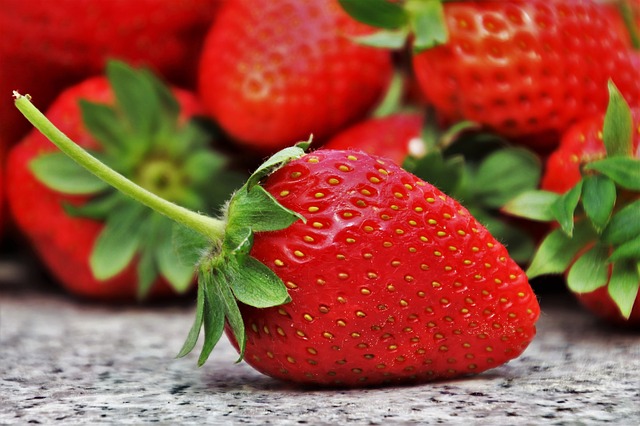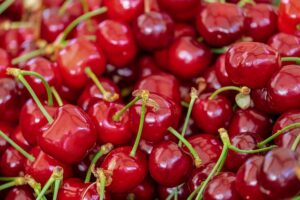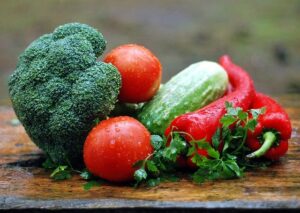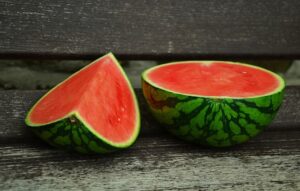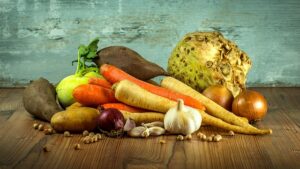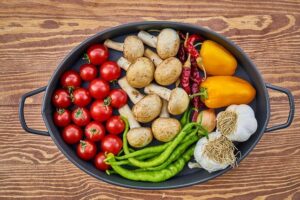Introduction
Carbohydrates and lipids are two essential macronutrients that play crucial roles in the human body. While they have distinct structures and functions, there are also notable similarities between these two types of molecules. This article will explore the similarities between carbohydrates and lipids, shedding light on their common features and roles in biological processes.
Structure
Carbohydrates: Carbohydrates are organic compounds composed of carbon, hydrogen, and oxygen atoms. They have a general formula of (CH2O)n, where n represents the number of carbon atoms. Carbohydrates can be classified into three main types: monosaccharides, disaccharides, and polysaccharides. Monosaccharides are the simplest carbohydrates and include glucose, fructose, and galactose. Disaccharides, such as sucrose and lactose, consist of two monosaccharide units joined by a glycosidic bond. Polysaccharides, like starch and cellulose, are composed of long chains of monosaccharides.
Lipids: Lipids are a diverse group of molecules that are insoluble in water but soluble in organic solvents. They are primarily composed of carbon, hydrogen, and oxygen atoms, but their structures vary significantly. The main types of lipids include triglycerides, phospholipids, and steroids. Triglycerides, the most common type of lipid, consist of three fatty acid chains attached to a glycerol backbone. Phospholipids have a similar structure to triglycerides but contain a phosphate group instead of one fatty acid chain. Steroids, such as cholesterol, have a distinct ring structure.
Function
Energy Storage: Both carbohydrates and lipids serve as energy storage molecules in the body. Carbohydrates are the primary source of quick energy due to their rapid breakdown into glucose, which can be readily utilized by cells. Excess glucose is stored in the liver and muscles as glycogen. On the other hand, lipids are a more concentrated form of energy storage. Triglycerides, stored in adipose tissue, provide a long-term energy reserve that can be utilized during times of fasting or increased energy demands.
Structural Components: Carbohydrates and lipids also serve as structural components in cells and tissues. Carbohydrates are an integral part of cell membranes, where they are present as glycolipids and glycoproteins. These molecules play roles in cell signaling and recognition. Lipids, particularly phospholipids, are the main building blocks of cell membranes. The hydrophobic nature of lipids helps form a barrier that separates the cell from its external environment.
Metabolic Roles
Metabolism: Carbohydrates and lipids are involved in various metabolic processes. Carbohydrates are broken down through glycolysis, a series of enzymatic reactions that convert glucose into energy-rich molecules like ATP. Lipids, specifically triglycerides, are metabolized through lipolysis, which releases fatty acids that can be further broken down to generate energy. Both carbohydrates and lipids are essential for maintaining optimal metabolic function.
Hormone Regulation: Carbohydrates and lipids also play a role in hormone regulation. Insulin, a hormone produced by the pancreas, helps regulate blood glucose levels by promoting the uptake and storage of glucose in cells. Lipids, particularly cholesterol, are precursors for the synthesis of steroid hormones, such as estrogen and testosterone. These hormones are involved in various physiological processes, including reproduction and metabolism.
Conclusion
In conclusion, carbohydrates and lipids share several similarities despite their structural and functional differences. Both serve as energy storage molecules, contribute to the structural integrity of cells and tissues, and play vital roles in metabolic processes and hormone regulation. Understanding these similarities helps us appreciate the interconnectedness of macronutrients in maintaining a healthy and balanced diet.
References
1. National Center for Biotechnology Information. (2021). Carbohydrates. Retrieved from ncbi.nlm.nih.gov
2. National Center for Biotechnology Information. (2021). Lipids. Retrieved from ncbi.nlm.nih.gov

